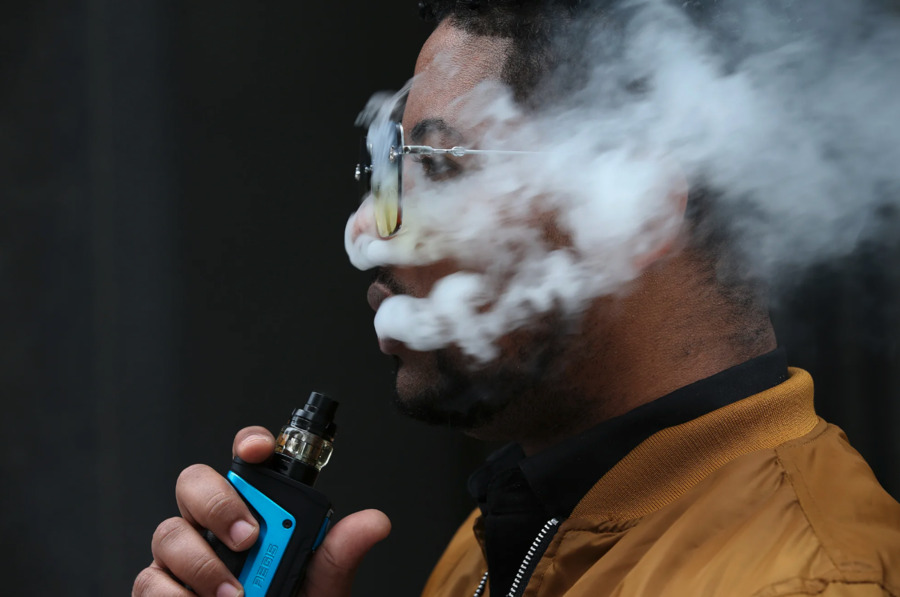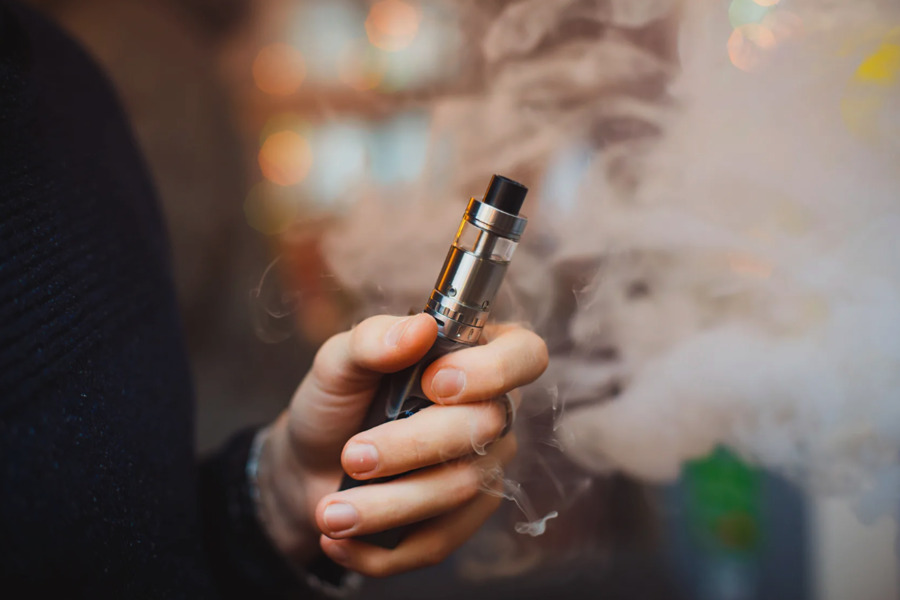What is Vape?
A vape, commonly known as a vaporizer, is an electronic device engineered to simulate the experience of smoking without the harmful effects of burning tobacco. These devices heat a liquid—often containing nicotine, flavorings, and other chemicals—to create a vapor, which the user inhales. Vaping devices vary widely in design and functionality, ranging from simple disposable e-cigarettes to more advanced rechargeable devices that offer extensive customization options. They serve as a popular alternative to traditional smoking, credited with providing a similar sensation and nicotine delivery without the combustion involved in smoking cigarettes.
The Origins of Vaping
Early Conceptualization
The concept of vaporizing substances using heat without combustion was first patented in 1927 by American inventor Joseph Robinson. His device, dubbed the “Electric Vaporizer,” was intended for medical and cosmetic applications, such as inhaling vapors for nasal congestion or moisturizing the skin. Despite its innovative approach, Robinson’s device was never commercialized, remaining a forward-thinking yet unrealized vision of what would much later become the vaping industry.
Modern Invention
The modern e-cigarette was invented by Chinese pharmacist Hon Lik, who was motivated by personal loss—his father’s death from lung cancer caused by smoking. In the early 2000s, Hon Lik developed a device that used ultrasonic technology (later replaced by a resistance heating element) to vaporize a nicotine-containing solution into an aerosol mist. His invention, named “Ruyan,” meaning “like smoke,” quickly captured the interest of smokers seeking safer alternatives, setting the stage for the widespread adoption of vaping.
Global Popularity of Vaping
Vaping has rapidly grown into a global phenomenon, gaining popularity as a safer alternative to smoking cigarettes. Its adoption has been driven by several factors: the perception of reduced health risks, the absence of smoke and its associated odors, and the vast array of device styles and flavors that cater to personal preferences. The market has expanded to include a diverse demographic, from former smokers looking for a less harmful nicotine delivery system to younger adults attracted by the innovative technology and flavor options.

What is Vaping and How Does it Work?
Device Design
Modern vaping devices are comprised of several key components that work together to deliver vapor:
- Drip Tip: the mouthpiece that the user inhales from.
- Top Cap: often contains mechanisms for airflow control.
- Glass Tank: the reservoir for storing e-liquid.
- Rubber Ring: seals the tank to prevent leakage.
- Coil: the element that heats the e-liquid to create vapor.
- Base (Airflow Control): allows users to adjust the draw’s tightness or looseness.
- Fire Button: the button used to activate the device.
- LED Indicator: provides visual feedback on battery level and power settings.
- Adjustment Buttons (+ and -): let users customize various aspects of the device’s performance, such as wattage or temperature.
How Vaping Devices Function
Vaping devices operate by heating the e-liquid to a point where it becomes vapor, which is then inhaled. The user activates the heating element by pressing a button, which powers the coil. As the coil heats the e-liquid, it transforms into a vapor, passing through the device’s airflow systems and into the mouthpiece where it can be inhaled by the user. The user can adjust settings like temperature and airflow to control the vapor’s density and flavor intensity.
Composition and Variety of Vape Liquids
Vape liquids, or e-juices, are mixtures of nicotine, water, solvents such as propylene glycol (PG) and vegetable glycerin (VG), and flavorings. These ingredients are carefully balanced to achieve desired flavors and vapor qualities. The solvents help to distribute flavor and create the vapor when heated. Vape liquids come in an endless variety of flavors, from simple single-flavor options like fruit and tobacco to complex, multi-flavor blends that mimic desserts, cocktails, or exotic fruits.
Safety of Vaping Compared to Smoking
Health and Environmental Benefits
Vaping is generally considered a safer alternative to smoking because it doesn’t involve combustion, which can release harmful tar and carcinogens. Additionally, vaping doesn’t produce secondhand smoke, only exhaled vapor, which studies have shown contains far fewer harmful chemicals. This makes vaping less of a health risk to bystanders compared to traditional smoking. Furthermore, the adjustable nicotine levels in vape juices can help individuals gradually reduce their nicotine intake, potentially aiding in cessation efforts.

Vaping in Abu Dhabi
In Abu Dhabi, the vape-shop-dubai.com provides a comprehensive selection of vaping products, from beginner kits to advanced systems, accommodating a wide range of preferences and experiences. The store offers models like the OXVA XLIM PRO POD COMPLETE for 140 AED, showcasing advanced features and design elements that cater to both new and experienced vapers. With the promise of free same-day delivery for orders over 300 AED, VAPE HERE STORE makes it easy and convenient for customers in Abu Dhabi to enjoy high-quality vaping products. From its conceptual beginnings to its current status as a major industry, the history of vaping demonstrates significant technological advancement and increasing societal acceptance. As it continues to evolve, the vaping industry represents a notable shift in how people consume nicotine and engage with smoking cessation.

Basketball fan, shiba-inu lover, drummer, International Swiss style practitioner and independent Art Director. Acting at the crossroads of modernism and computer science to create strong, lasting and remarkable design. Nothing ventured, nothing gained.



